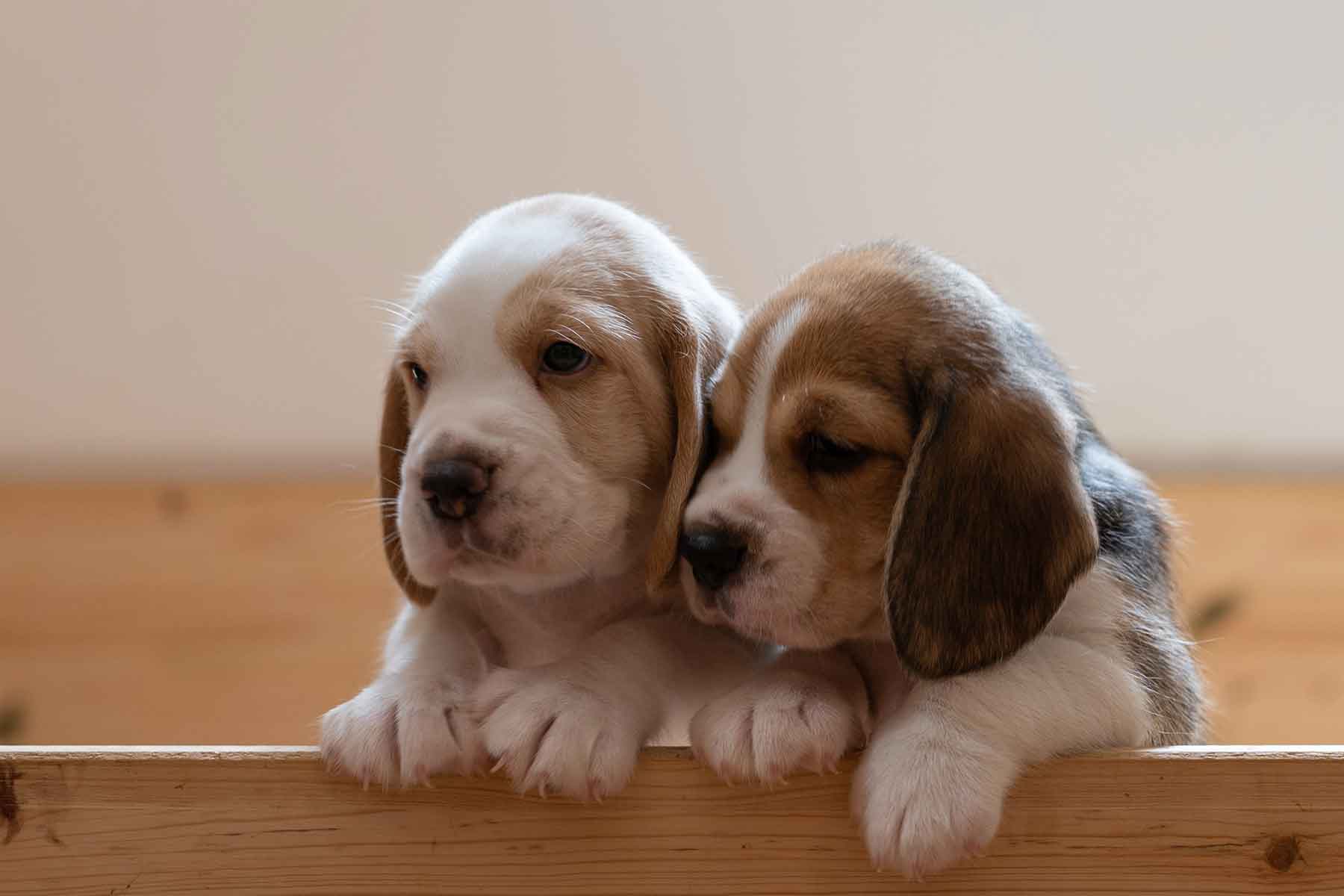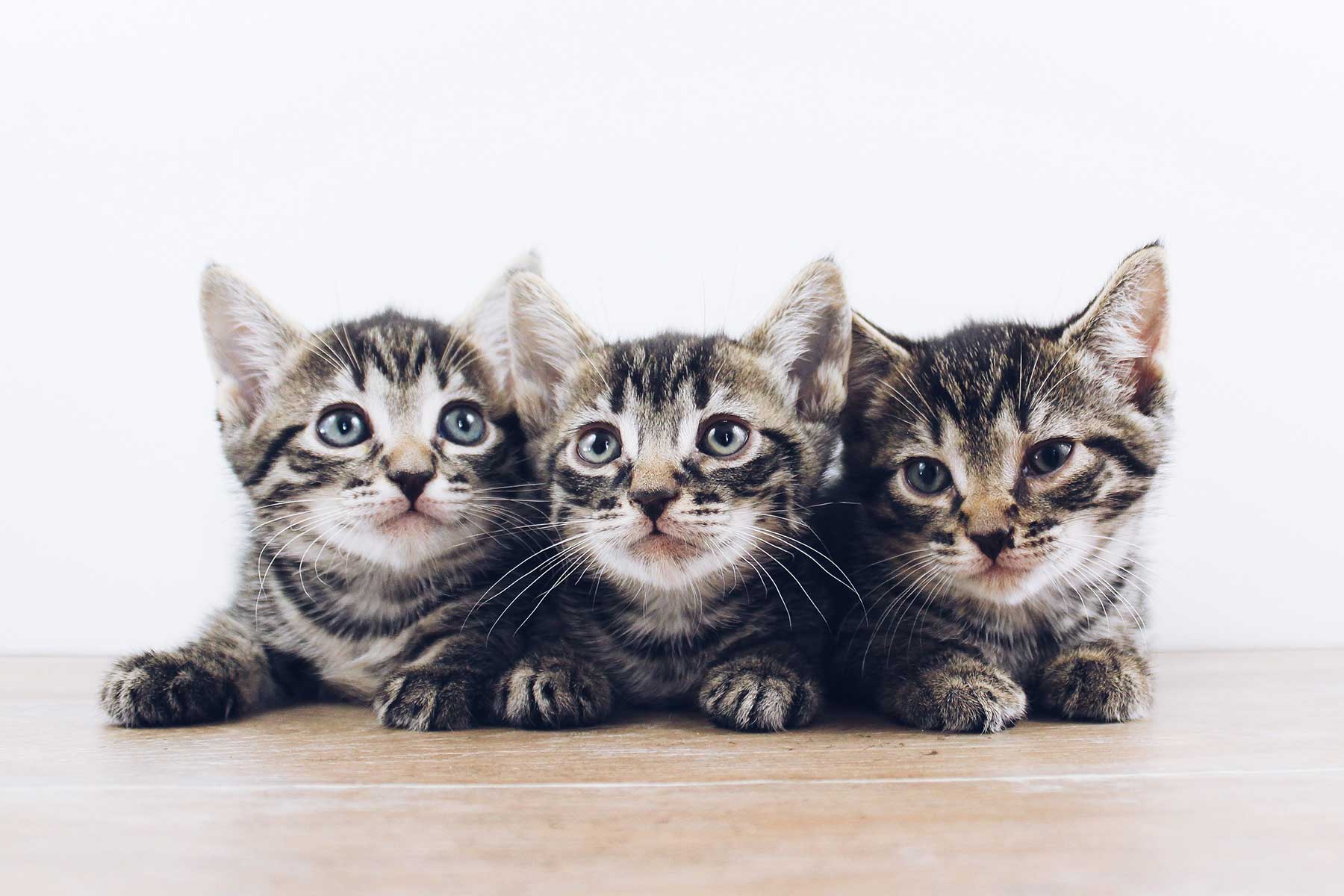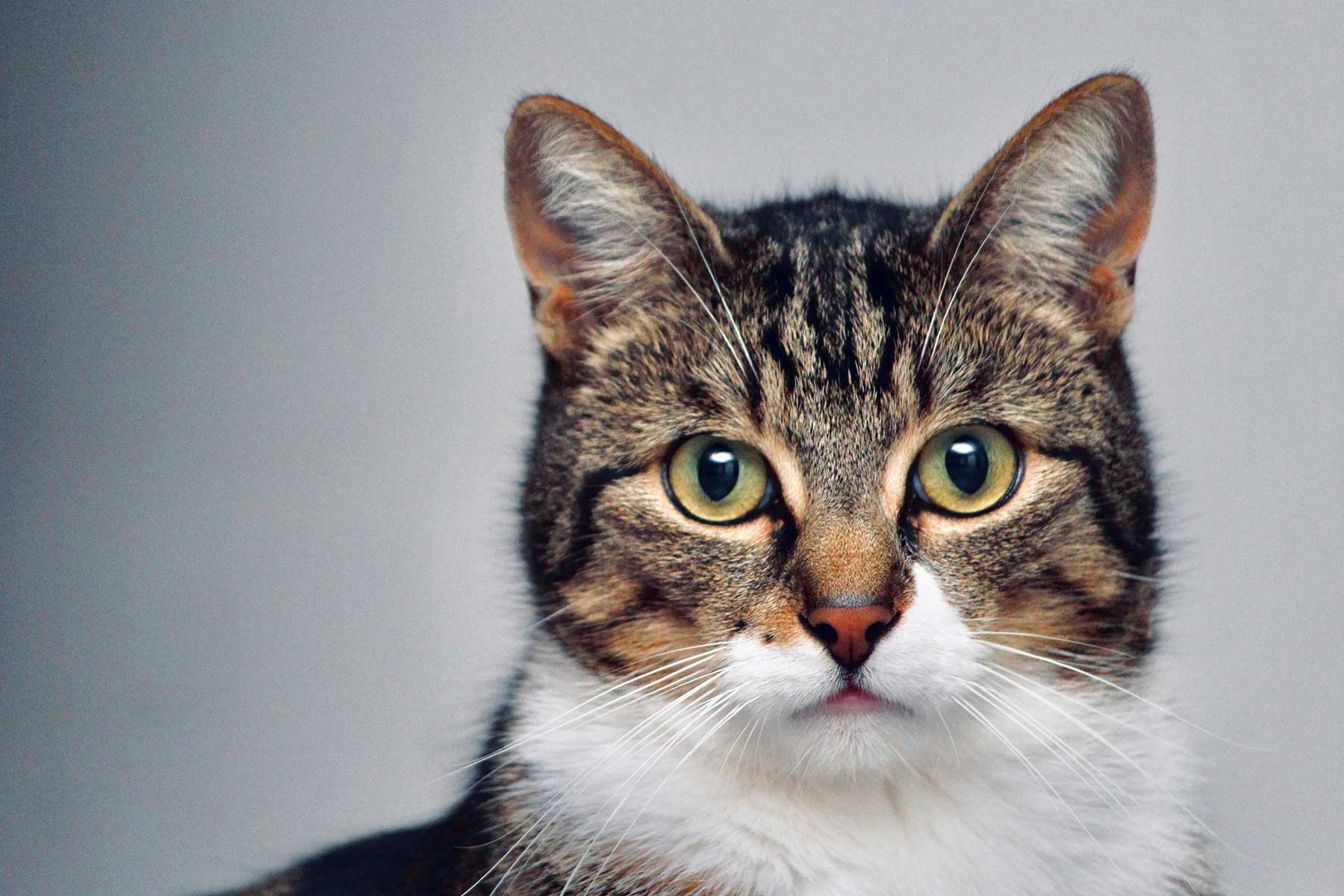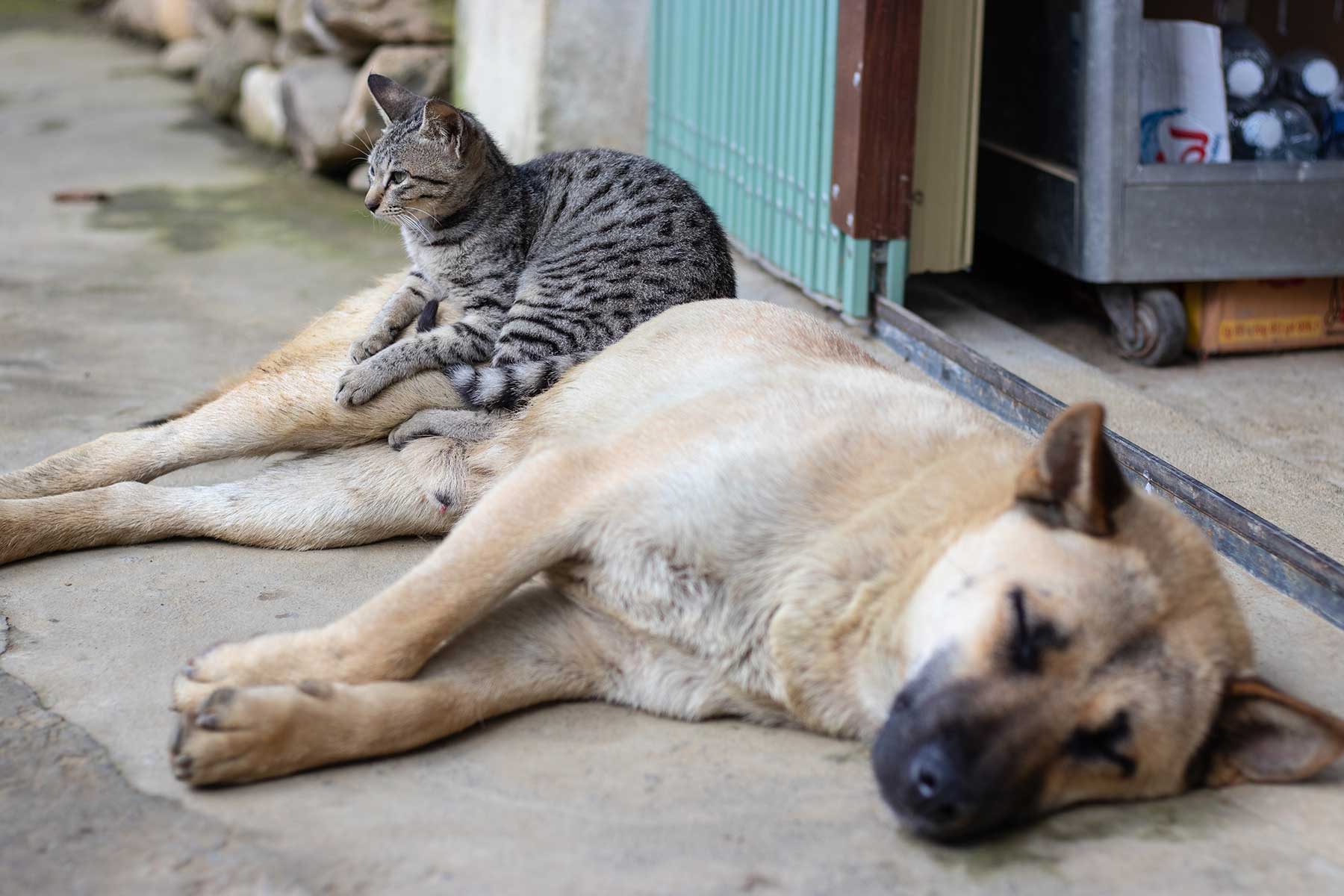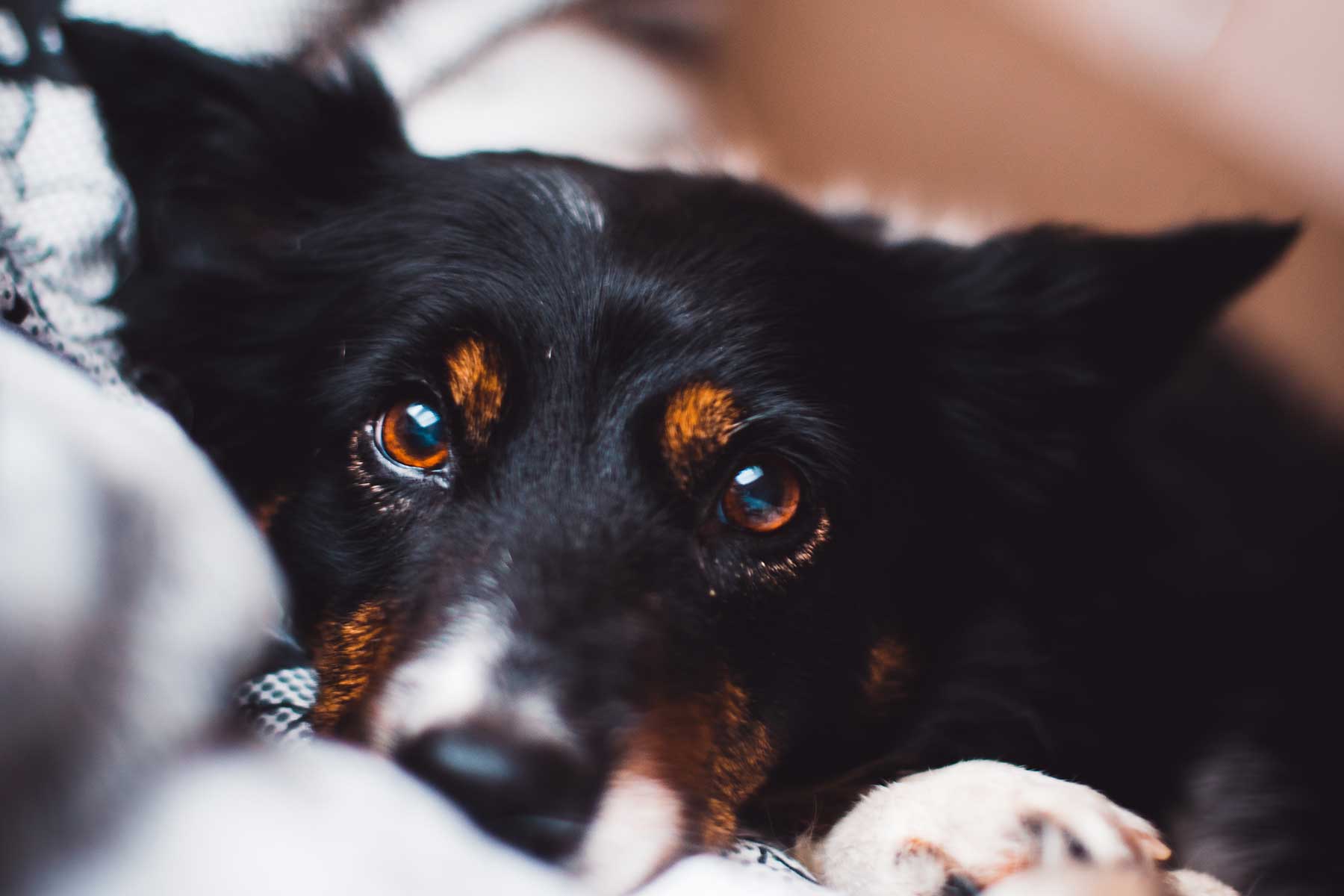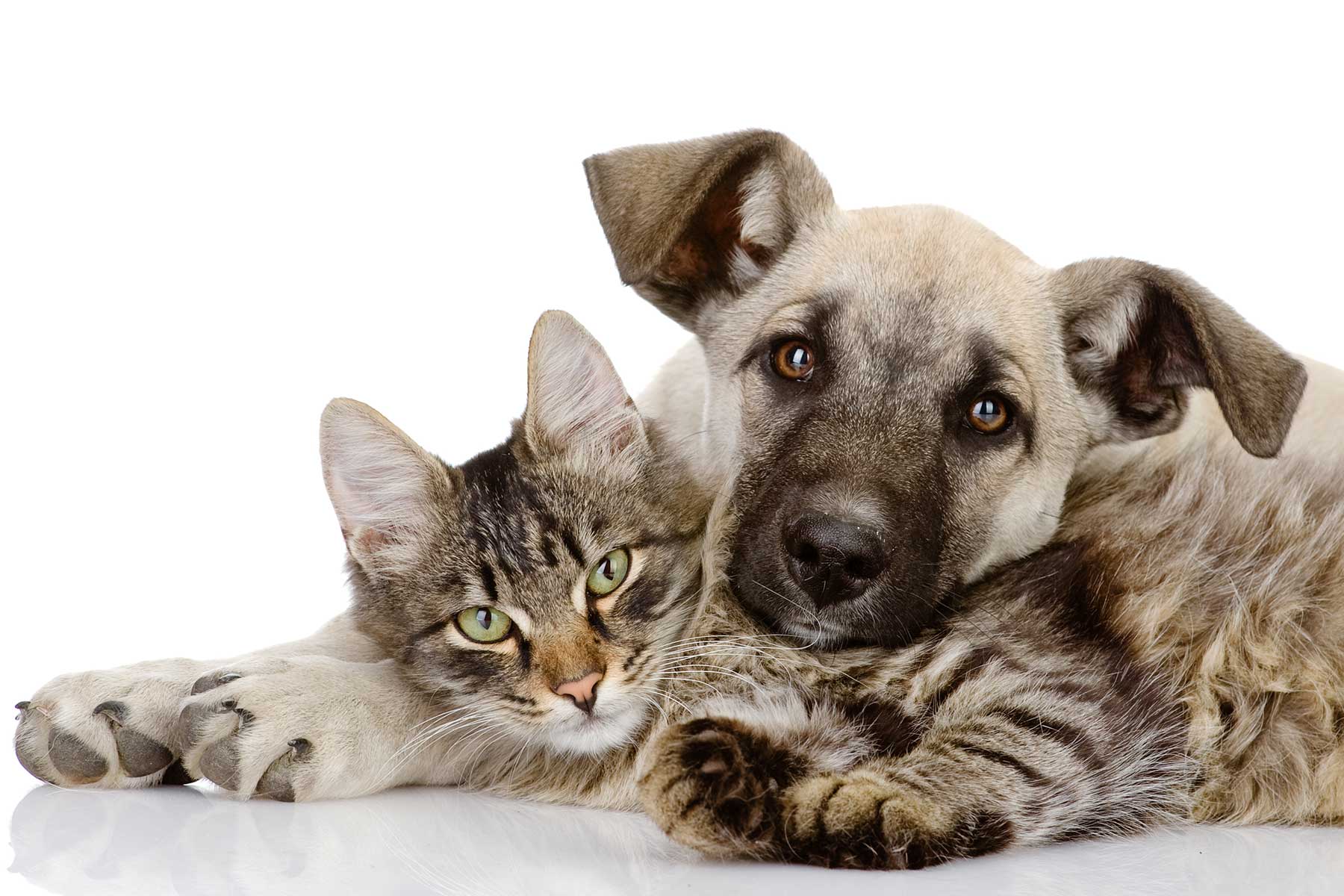Bringing home a new puppy can be an exciting time, yet new pet owners should be aware of the often not so obvious dangers in and outside of the home. Here’s a list of hazards you can look out for.
Indoor puppy hazards
- Toxic Plants – Find out which plants are toxic (see our article, Poisons in the Garden – poisonous plants and garden dangers) and place them out of reach, or replace them with nontoxic plants. Toxic plants commonly found indoors include the umbrella plant, azalea, Caladium, and philodendron.
- Medications – Keep all medications in a safe area where your puppy cannot access them. Puppies are surprisingly quick at pulling things off low surfaces.
- Rubbish – Put rubbish bins up high where your dog cannot get into them, or ensure that lids are tightly secured. Sharp objects and poisons are only two of the hazards here.
- Water – Full sinks, bathtubs, or toilets with open lids can be a drowning hazard. Avoid chemical toilet cleaners if you cannot keep your puppy from drinking out of the toilet.
- Cleaning products – Keep cleaning supplies in high cupboards or use childproof latches to secure lower cupboards. Remove your puppy from the area when you are using liquid or spray cleaners. The vapours can be harmful to lungs and eyes.
- Furniture – Be careful of your puppy around furniture. A rocking chair can hurt a puppy’s tail or leg, and a curious puppy may crawl under an open recliner or sofa bed.
- Electrical cords – Electrical cords are a big danger to puppies, who often chew on them while playing. This can cause burns in the mouth, electrical shock, or death by electrocution. Tie up loose electrical cords, purchase spiral cable wrap, or PVC pipe to keep them safe from your puppy.
- Fire – Screen off fireplaces and wood stoves. Never leave your puppy unattended in a room with an open flame or space heater.
- Window dressing cords – Cords for curtains and blinds can be a strangulation hazard. Either tie up the excess cords, or cut the loop in the cord.
- Clothing – Swallowed clothing may cause a dangerous intestinal blockage. Keep socks, nylons, underwear, and other clothing put away. Keep laundry baskets off the floor.
- Small objects – Keep small objects (coins, jewellry, needles and thread, straight pins, yarn, dental floss, rubber bands, paper clips, toys, etc.) out of your puppy’s reach.
- Fishing equipment – Keep fishing line, hooks, and lures stored out of reach.
- Doors and windows – Be careful about closing doors as you walk through – your puppy may be right behind you and get caught. Keep screens on windows and sliding glass doors securely fastened and in good repair, to keep your puppy from falling through or escaping. Close off stairwells with a baby gate.
- Food – Learn more about toxic food and substances in our separate article – Poisons in the household
Outdoor hazards
We recommend never leaving your puppy outdoors unsupervised unless you have a puppy-proof backyard.
- Fences and gates– a safe and completely secure fence with gates that your puppy cannot jump over or dig under. It is also a good idea to provide your puppy a separate area of your yard to use as his bathroom area. Use fencing, or other means, to keep him out of areas where children may play, especially sand boxes.
- The garden – Some outdoor plants and trees can be toxic to dogs (see our article, Poisons in the Garden – poisonous plants and garden dangers)..
- The shed and garage – Make sure all petrol, oil, paint, lawn fertilisers, insecticides, and auto supplies are placed into secure containers out of reach. Be especially careful with antifreeze and rat poison, both of which taste good to dogs and can be deadly if ingested.
- Water features and pools – Pools, ponds, and hot tubs should be covered or fenced off.
- Fire – Fire rings, barbecues, and other heat or fire sources pose the potential of causing burns.
- Other backyard dangers – Walk around your property and look for other areas or items that could be a hazard to your puppy, such as broken glass, exposed nails, or other sharp objects. Plan how you will restrict your puppy’s access to these areas.
Bringing home a new puppy is a time of fun and excitement. Following these tips will help you keep your new friend safe, so that the two of you can enjoy each other’s company for years to come.

